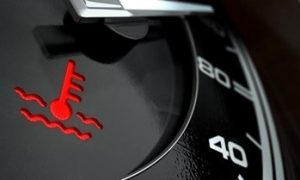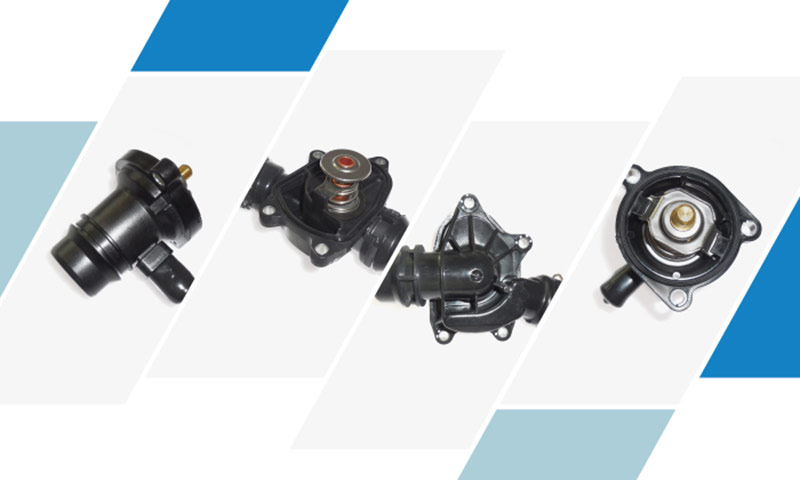When you drive a vehicle, it is important to know some of its basic parts, such as the thermostat and how it works.
The engine temperature is controlled by means of cooling liquid and a thermostat. It is one of the key components for the optimum operating temperature for an engine. The thermostat of an engine is a simple mechanism, but very practical as well as useful and necessary. This part of the vehicle fulfills the function of regulating the temperature of the engine and, through its radiator, controls the overheating of the engine, that is, it is used to cool and warm the car engine.
It is a valve with a spring that is responsible for regulating the amount of coolant that passes from the engine block to the cooling radiator of the same, to ensure that the engine works properly.
This has two positions, closed and open. When closed, the flow of coolant is prevented, causing the engine to rise in temperature.
On the contrary, when it is open, the coolant can flow to the radiator, where the heat is dissipated and the coolant itself cools. This component can be seen as a gate that allows or prevents the flow of coolant from the engine to the radiator.
During normal use, the thermostat is never in the fully closed or fully open position, as it depends on the condition of the engine and gradually nears either state to control coolant flow. In turn, the water pump pushes lower-temperature coolant from the radiator into the engine.
Read more: Discover our new thermostats attached to water pumps
Types of automotive thermostat
There are different types of automotive thermostat that can be found on the market:
Conventional thermostats have been further developed. The traditional thermostats do not contain any type of electronic system and they work thanks to the expansion of an encapsulated wax. As the temperature increases, the wax expands and thus the gate that opens the duct moves. On the contrary, if it cools, the wax contracts again closing the hatch.
Housed thermostats are integral thermostats complete with optimally designed housing. And another option are map-controlled thermostas: a safe choice for greater efficiency. An electrically assisted (also called map-controlled) thermostat provides broader and faster operation than traditional thermostats. These are regulated via the engine management system.

How to check if a car thermostat is malfunctioning
A faulty or blocked thermostat can lead to engine overheating. This can result in considerable engine damage. Some of the problems and symptoms of a failing car thermostat and the damaged it can cause are:
- Engine overheating or engine too cold. If the thermostat is not working, the gauge will end up outside the range it should be. So, it’s a good idea to keep an eye on your dashboard’s temperature gauge.
- Engine temperature changes. Erratic temperature fluctuations can also be an indicator of its malfunction and poor engine performance.
- Coolant leaks around the thermostat housing or under the vehicle indicates may also be leaking coolant which can be caused by the thermostat not allowing coolant to flow when it is stuck in the closed position.
Good maintenance in the cooling system of our vehicle, using good quality antifreeze, not mixing or pouring water into the circuit, will increase the durability of our engine and reduce fuel consumption and pollutant emissions. So, the importance of the thermostat cannot be underestimated.
DOLZ thermostats have all you deserve to keep engine temperatures within original equipment (OE) specifications. For further information about our new range of thermostats, contact us.


